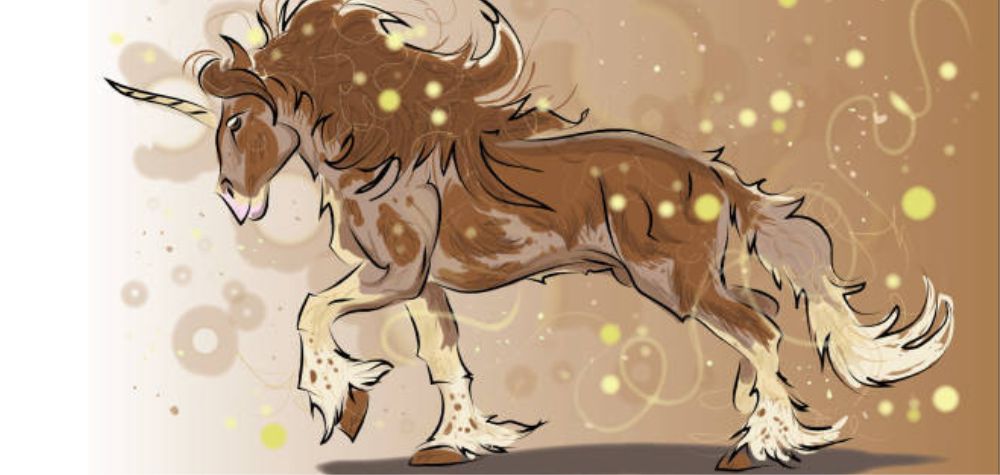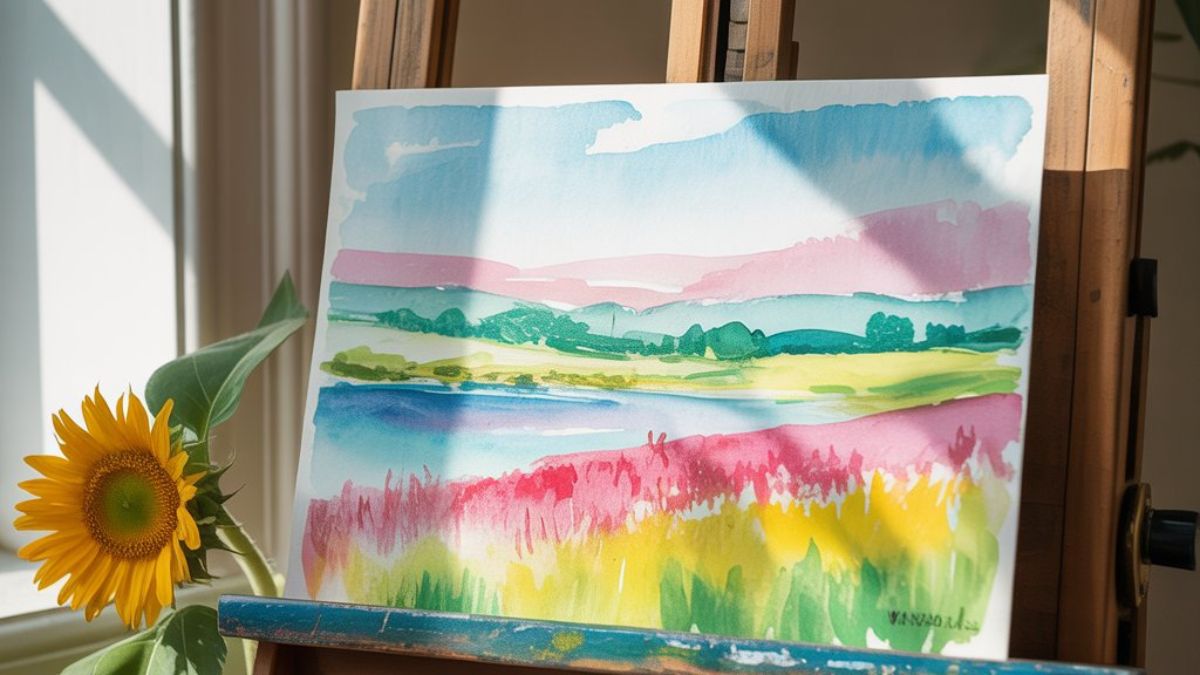Step into a world where creativity knows no bounds, and furry meets fantasy in vibrant colors. Welcome to the enchanting universe of Hooves Art Kemono style! This captivating art form brings together whimsical elements from Japanese culture and anthropomorphism, creating characters that resonate with both fans of furry art and those enchanted by folklore. Imagine a fusion of playful creatures adorned with vivid patterns, each telling their own unique story through visual expression. As we delve deeper into this fascinating genre, you’ll discover its rich history, distinctive features, and the creative minds behind it all. Whether you’re an aspiring artist or simply a curious observer, there’s something magical waiting for you in the realm of Kemono-style art. Join us on this journey as we explore what makes Hooves Art Kemono so irresistible!
History and Origins of Kemono Style
The origins of Kemono style can be traced back to Japan in the early 1980s. It emerged as part of a larger movement that merged fantasy art with anthropomorphic characters.
Initially, this style was influenced by traditional Japanese folklore and anime culture. Artists began creating creatures that embodied both human and animal traits, showcasing vibrant colors and playful designs.
As the internet grew, so did the popularity of Kemono art. Online communities formed around shared interests in furry fandoms, leading to an explosion of creativity within this niche.
Many artists adopted these whimsical elements into their works, emphasizing cuteness and expressiveness. The blend of cultural influences helped shape what we now recognize as Kemono style today—an intricate dance between reality and imagination where anything is possible.
What Makes Kemono Style Unique?
Kemono style stands out due to its vibrant blend of anthropomorphism and cultural elements. Characters often feature animal traits, such as fur, tails, and ears, but are rendered with a human touch. This fusion creates an engaging emotional connection.
Another unique aspect is the expressive character design. Artists emphasize large eyes and exaggerated facial features to convey emotions vividly. The result is art that feels alive and relatable.
The color palette in kemono works wonders too. Bright hues dominate the scene, evoking joy and whimsy. These colors breathe life into each piece.
Kemono embraces diversity in themes and narratives. From playful adventures to deep explorations of identity, it allows for endless creative possibilities within its framework. Every artwork tells a story that resonates differently with viewers.
The Influence of Furry Culture on Kemono Style
Furry culture has significantly shaped the evolution of Kemono style art. This vibrant subculture embraces anthropomorphic characters, often depicting them with animal traits and human characteristics.
The blending of these elements creates a unique aesthetic that resonates deeply within both communities. Artists draw inspiration from furry conventions, showcasing their work in spaces where fans celebrate fursonas and creativity.
Kemono style provides an artistic outlet for furries to express their identities. The fluidity of character design allows for endless possibilities, encouraging experimentation with colors, textures, and shapes.
Additionally, cross-pollination occurs through social media platforms where artists share their creations. This sharing fosters a sense of community while expanding the reach of both styles.
As furry enthusiasts embrace Kemono aesthetics, new narratives emerge that reflect diverse experiences and stories within this imaginative realm.
Popular Artists and Their Work in Kemono Style
A host of talented artists have made significant contributions to the Kemono style, each bringing their unique flair.
One standout is Kyohty, known for vibrant colors and dynamic poses. Their characters often exhibit a playful charm that resonates deeply with fans.
Another prominent figure is Neko Mimi Artist, whose work blends whimsical designs with intricate details. The expressive eyes and exaggerated features draw viewers into fantastical worlds.
Then there’s the visionary talent of RaveFur, focusing on character-driven storytelling through art. Each piece showcases bold lines and imaginative settings that elevate traditional themes.
Not to be overlooked is SukiFox, celebrated for her adorable furry creatures depicted in various scenarios. Her ability to capture emotion has garnered her a loyal following.
These artists not only define the Kemono aesthetic but also inspire new generations to explore this enchanting realm of creativity.
How to Create Your Own Kemono-style Art
Creating your own Kemono-style art can be a delightful journey. Start by gathering inspiration from existing artworks or nature. Look for vibrant colors and whimsical designs that speak to you.
Next, sketch your characters with exaggerated features—big ears, fluffy tails, and expressive eyes are the hallmark of this style. Play with proportions to achieve that distinctive Kemono look.
Once you have your sketches, focus on color palettes. Bright hues often evoke joy in this genre. Experiment with gradients and shading techniques to add depth.
Digital tools like Procreate or Adobe Illustrator can bring your creations to life. Explore different brushes for textures that mimic fur or scales.
Don’t forget about backgrounds! A fantastical setting enhances the mood of your character, so let your imagination run wild. Enjoy the process and embrace each unique creation as part of your artistic journey.
Criticisms and Controversies Surrounding Kemono Style
Kemono style art, while celebrated for its creativity, is not without its critics. Some argue that it blurs the line between fantasy and reality in ways that can be unsettling. This perspective often stems from concerns about the portrayal of anthropomorphic characters.
Another point of contention revolves around cultural appropriation. Artists drawing inspiration from Japanese traditions might inadvertently misrepresent or oversimplify rich narratives within those cultures. Such actions raise questions about respect and authenticity.
Moreover, some members of the furry community express dissatisfaction with how kemono art sometimes leans into stereotypes or clichés. They seek more depth and diversity in character representation.
In online spaces, discussions can quickly escalate into heated debates. Art styles evoke strong emotions, and kemono is no exception; differing opinions reflect a broader conversation about artistic freedom versus accountability within creative communities.
Conclusion: The Future of Kemono Art
The future of Kemono art appears to be vibrant and dynamic. As more artists explore this unique style, the blend of anthropomorphism and fantasy continues to evolve. The integration of digital technology allows for innovative approaches in creating Hooves Art Kemono pieces that captivate audiences worldwide.
Emerging platforms will likely foster new talent within the community. Artists are finding ways to share their work with broader audiences through social media and online galleries. This accessibility not only promotes individual artworks but also helps establish a sense of belonging among fans who appreciate this distinct aesthetic.
As global popularity grows, it’s crucial for creators to stay true to their artistic vision while embracing collaboration across cultural lines. Such interactions can lead to exciting developments in both technique and thematic exploration.
With the influence of furry culture firmly rooted in its foundation, Kemono art is set on an adventurous path ahead. Its whimsical charm resonates with many, ensuring that it remains relevant as tastes change over time. As long as there are passionate artists willing to push boundaries, the world can expect even more enchanting interpretations from Hooves Art Kemono style moving forward.








